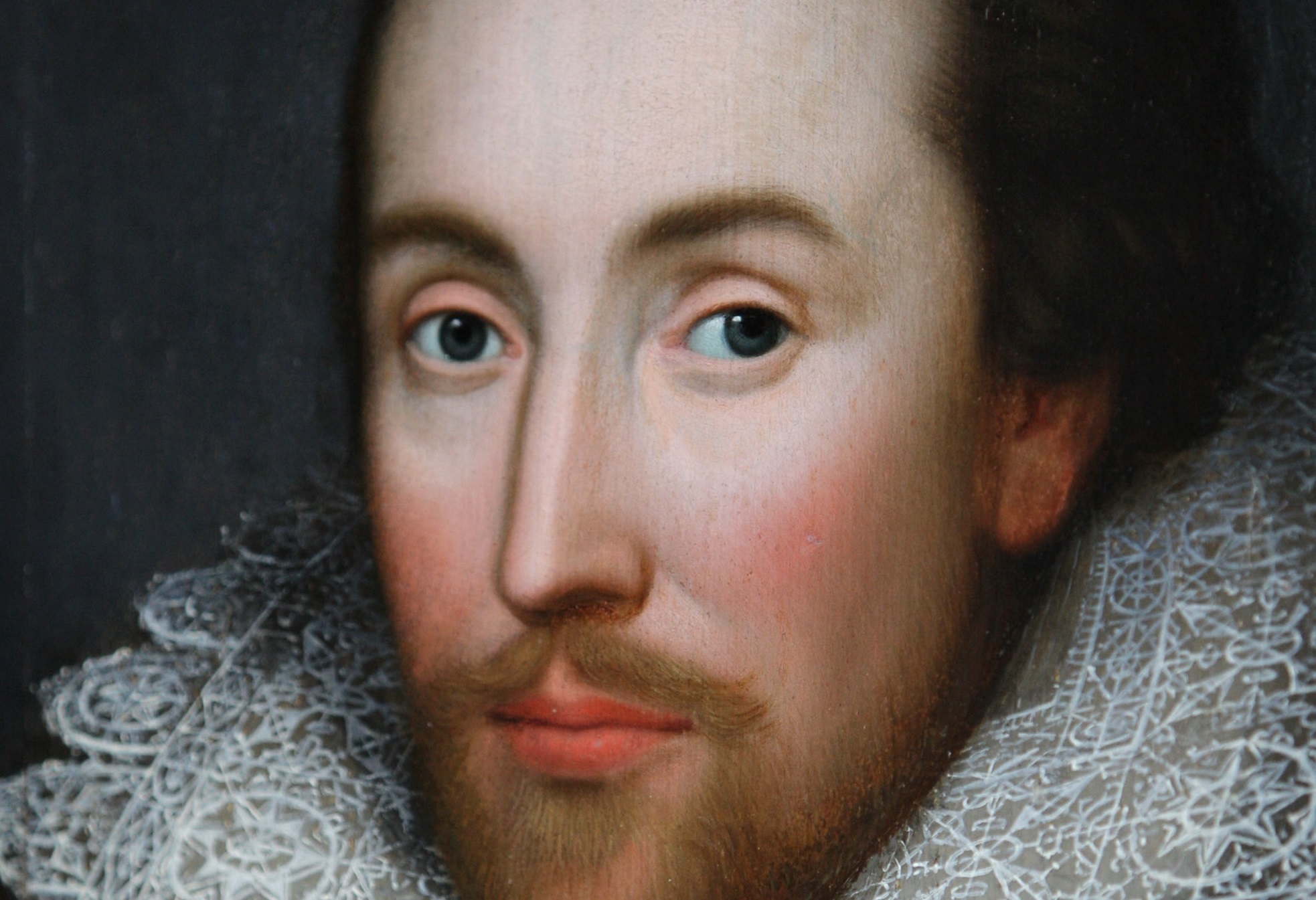
Which must have put a bit of a dampener on things come cake-and-candles time today.
The world’s greatest playwright was exactly 52 years old and now, 400 years on, events are being held across the globe to celebrate his genius.
You’d think, after four centuries and countless books we’d all be experts on the Bard but for many, the fact he died on his birthday is as far as their knowledge of Shakespearean trivia goes.
Which brings us nicely to William Shakespeare In 100 Facts, a new book by Zoe Bramley.
It reveals that Shakespeare might have been a fixed point in the school syllabus for decades, but his own knowledge of geography and — ironically, considering the plots of some of his best-known works — history was a bit sketchy to say the least.
He also came up with the original story for just four of his 36-odd plays, preferring to pilfer plotlines from the great history books of his day or recycle tales from Ancient Greece and Rome.
Add in a brush with the plague, stealing an entire theatre and causing an ecological disaster in New York and you’ve got a story worthy of the great man himself.
Speaking of the plague, had it done its worst we’d never have spent our schooldays studying Macbeth, Hamlet or Othello.
Young Will was just three months old when an unfortunate chap called Oliver Gunne fell ill and died just a stone’s throw from where the infant lay.
He was the first of at least 200 victims in Stratford but maybe Shakespeare’s mother Mary saved him as she’s thought to have taken him to the countryside at the outbreak of the pestilence.
And that’s not the only thing the Bard managed to avoid.
Had HMRC been around in the 16th century they’d have been hunting one Wm Shakespeare Esq.
The “Sweet Swan of Avon”, you see, was a tax dodger.
While residing in Bishopsgate, in London, in the 1590s he was assessed on the less-than-princely sum of £5 of personal wealth, on which he owed 13 shillings and fourpence to the Crown.
Alas, the tax collectors couldn’t find him as his theatre company, the Chamberlain’s Men, had upped sticks to the South Bank of the Thames where the Globe Theatre was being built — though they tipped off their counterparts and they duly bracketed the Bard for the outstanding readies.
Speaking of the Globe, it had started out as The Theatre on the opposite bank of the Thames.
It stood on land owned by Giles Allen and when he refused to renew the lease, Shakespeare and the Chamberlain’s Men dismantled the playhouse overnight, hid it in a warehouse, and shipped it across the river the following spring to be rebuilt as the Globe, which would host the first performances of some of his most-famous works.
Which, incidentally, were all ripped off from other sources. Well, sort of.
Of his plays, just The Merry Wives Of Windsor, Love’s Labours Lost, A Midsummer Night’s Dream and The Tempest sprang from Shakespeare’s own imagination.
The famous history plays such as Richard II and III, Henry V, VI and VIII came from Holinshead’s Chronicles Of England, Ireland And Scotland as well as a book entitled Union Of The Two Noble And Illustre Families Of Lancaster And York.
Shakespeare obviously had a fondness for Italy, setting several plays in the country, but it’s likely he was never there.
He certainly didn’t look at a map of Italy, having characters set sail from Milan, which happens to be landlocked, in both The Tempest and The Two Gentlemen Of Verona.
Worse, in Richard III he alleged the Tower of London was built by Julius Caesar when it was actually William the Conqueror, while in Anthony And Cleopatra, the Egyptian queen calls her handmaidens for a game of billiards!
A more recent curio concerns Eugene Scheiffelin, a German immigrant to America who wanted his new home to boast all the species of birds featured by the Bard.
So in 1890, he imported 100 starlings from England and released them in New York’s Central Park, unaware that catastrophic consequences would ensue.
With no natural predators, the starlings rapidly multiplied and there are more than 200 million of them today.
The great flocks damage buildings with their corrosive droppings and in 1960 starlings caused a plane crash in Boston when some were sucked into the aircraft’s engine.
William Shakespeare In 100 Facts by Zoe Bramley is published by Amberley and available for £7.99
READ MORE
Copy of Shakespeare’s First Folio discovered at Mount Stuart House on the Isle of Bute
Food enthusiast writes a book of recipes fit for a Tudor king

Enjoy the convenience of having The Sunday Post delivered as a digital ePaper straight to your smartphone, tablet or computer.
Subscribe for only £5.49 a month and enjoy all the benefits of the printed paper as a digital replica.
Subscribe